Swiss help restore temple to former glory
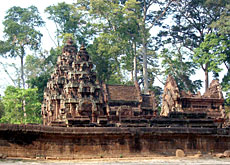
Swiss architects and students are braving the heat and dust to help restore an ancient Khmer temple in the heart of Cambodia.
The aim of the project is to preserve the crumbling Banteay Srei temple, which is part of a Unesco World Heritage site.
“It all started by accident when the former cabinet minister, Jean-Pascal Delamuraz, came to Cambodia to inaugurate the [Swiss doctor] Beat Richner’s hospital here,” said Ueli Salzmann, co-leader of the Swiss team working at the temple.
Delamuraz visited Banteay Srei after Vietnamese forces invaded Cambodia in 1979.
The Swiss delegation was so impressed by the beauty of the site that Delamuraz offered funding to help restore the temple and other monuments.
Intricate carvings
The red sandstone Banteay Srei temple, which means “Citadel of Women”, was built in 967 and is decorated with carved statues and sculptures depicting Buddhist and Hindu influences of the time.
Salzmann says it is one of the most ornate temples at the Angkor site, which is home to over 100 Khmer temples dating from the ninth to thirteenth centuries. It is also one of the most popular with visitors.
But until a few years ago it was almost impossible to reach the temple due to the presence of anti-personnel mines and Khmer Rouge fighters.
The Khmer Rouge regime, lead by Pol Pot, seized power in Cambodia in 1975. An estimated 1.7 million Cambodians died over the next three years from starvation or exhaustion.
Many of the temples were neglected or damaged during this period.
Personal passion
The temple is Salzmann’s personal passion and he spends three months a year in Cambodia, far away from his architect’s office in the Swiss town of Burgdorf.
“Banteay Srei is smaller than the other monuments and you can take everything in in only a very short time,” said Salzmann. “This reminds me of Switzerland.”
The restoration project, which is jointly financed by the Swiss Agency for Development and Cooperation (SDC) and the Cambodian government, involves experts from both countries.
Swiss architects, engineers and archaeologists bring with them expertise in restoration which they pass on to a team of local workers.
Once trained, the Cambodians will continue the work on their own.
Students from the University of Geneva and the Federal Institute of Technology in Lausanne have also been involved in the work at the temple.
The project is expected to take four years at a cost of SFr900,000 ($660,000).
Problems
The temple is faced with three main problems: water, trees and people.
Work on the building’s drainage system has ensured that rainwater no longer seeps into the foundations.
But the most pressing cause of concern is the surrounding jungle.
Left to its own devices for centuries, the jungle has been steadily advancing towards and even into the temples at Angkor.
“The only thing we can do is cut down the branches that threaten to fall onto the monuments below,” Salzmann told swissinfo.
“I do believe, though, that nature is also a part of the archaeological framework and it should therefore be preserved just as we are preserving the temples,” he added.
Too many humans
Tourists are also a problem – around one million are expected to visit the temples this year.
“I think it’s a positive thing that Angkor and Cambodia are developing their tourist industries,” said Salzmann.
“But it is important to manage the flow of tourists which is overwhelming the archaeological sites,” added the Bernese architect.
For this reason, those in charge of Banteay Srei are hoping to limit the number of tourists to 3,000 a day, who will be guided around the temple in small groups.
Those working on the temple are using techniques to ensure that the building is preserved in its present form and not heavily restored.
This means carrying out minor building or restoration work using original material, such as broken parts of the building that are lying on the floor of the temple.
But despite the sometimes challenging working conditions – tropical heat, dust and inadequate equipment – Salzmann remains upbeat about the task in hand.
“Working on these monuments is an architect’s dream,” he said.
swissinfo, Luigi Jorio in Siem Reap
1953: Cambodia gains its independence from France. Under King Sihanouk, it becomes the Kingdom of Cambodia.
1975: The Khmer Rouge takes power. An estimated 1.7 million Cambodians died over the next three years from starvation or exhaustion.
1979: The Khmer Rouge is deposed after an invasion by Vietnamese forces and flees across the Thai border.
1991: A peace accord is signed.
Since then, the country has been trying to bring those responsible for the “killing fields” to justice. But it remains one of the poorest countries in the world.

In compliance with the JTI standards
More: SWI swissinfo.ch certified by the Journalism Trust Initiative

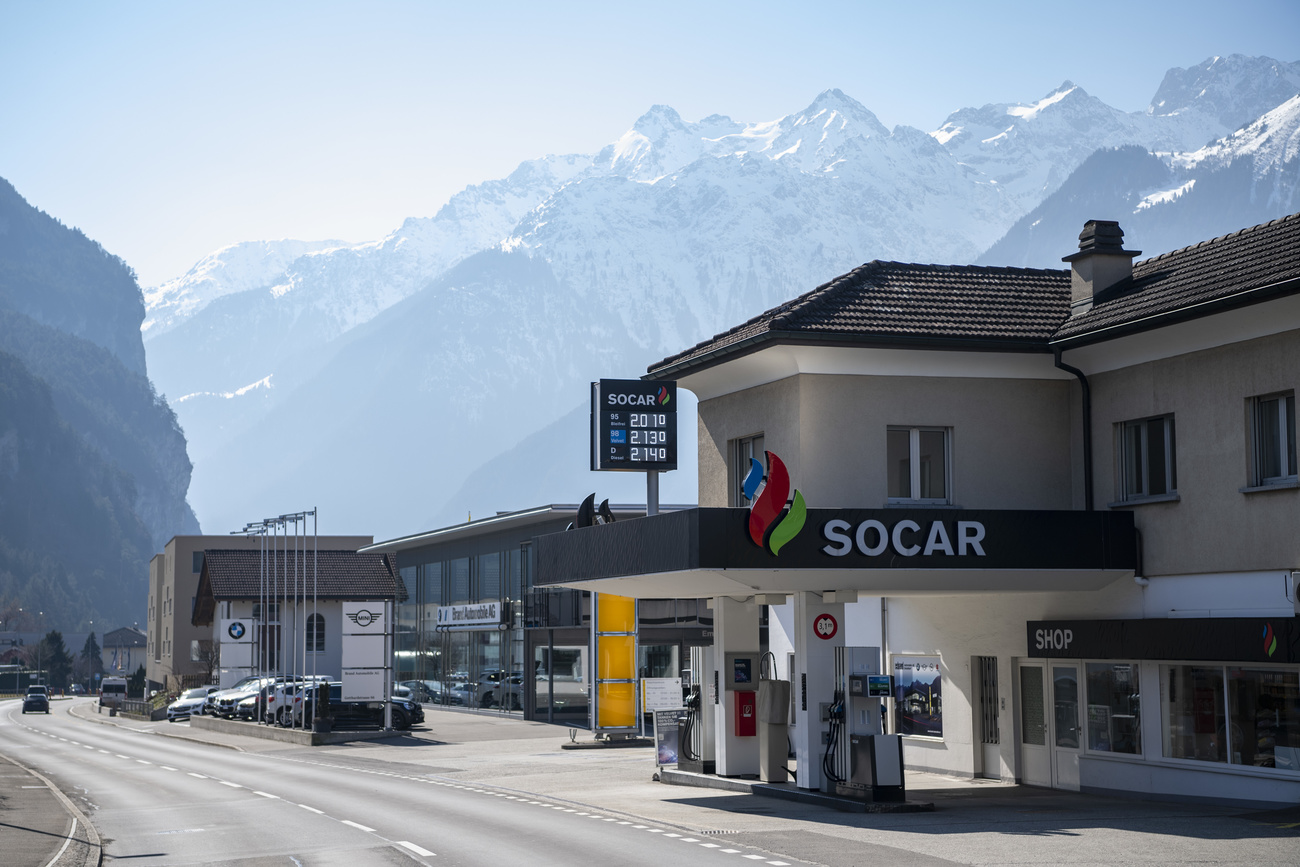
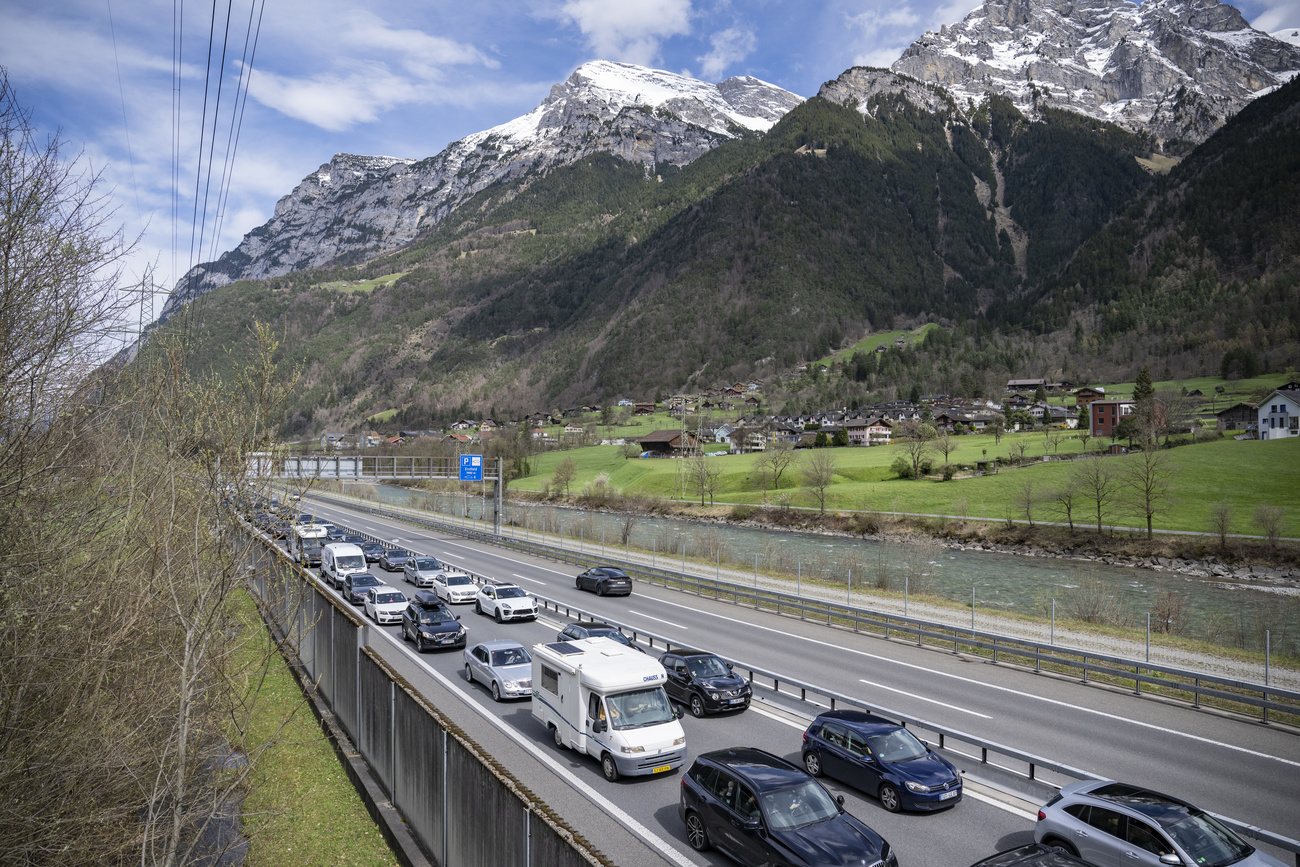

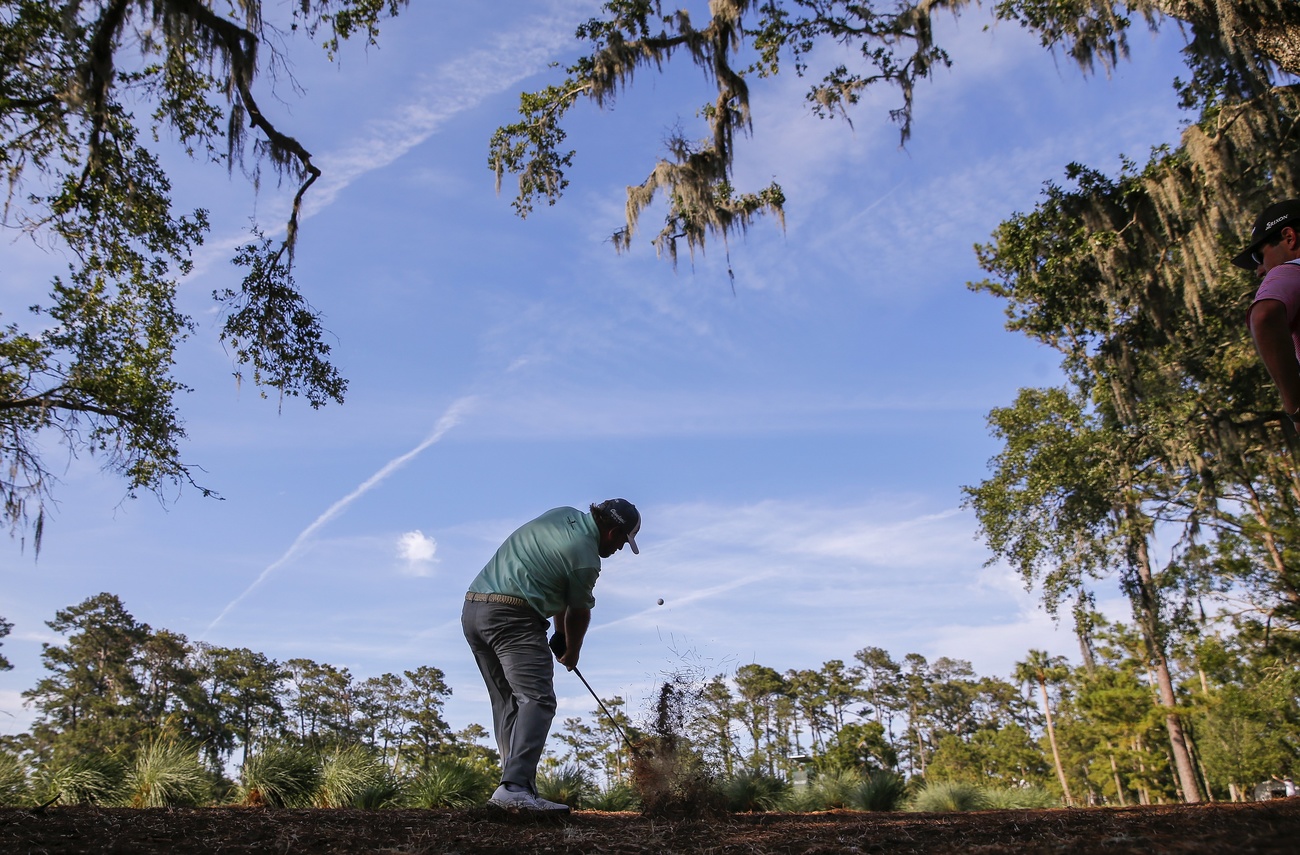
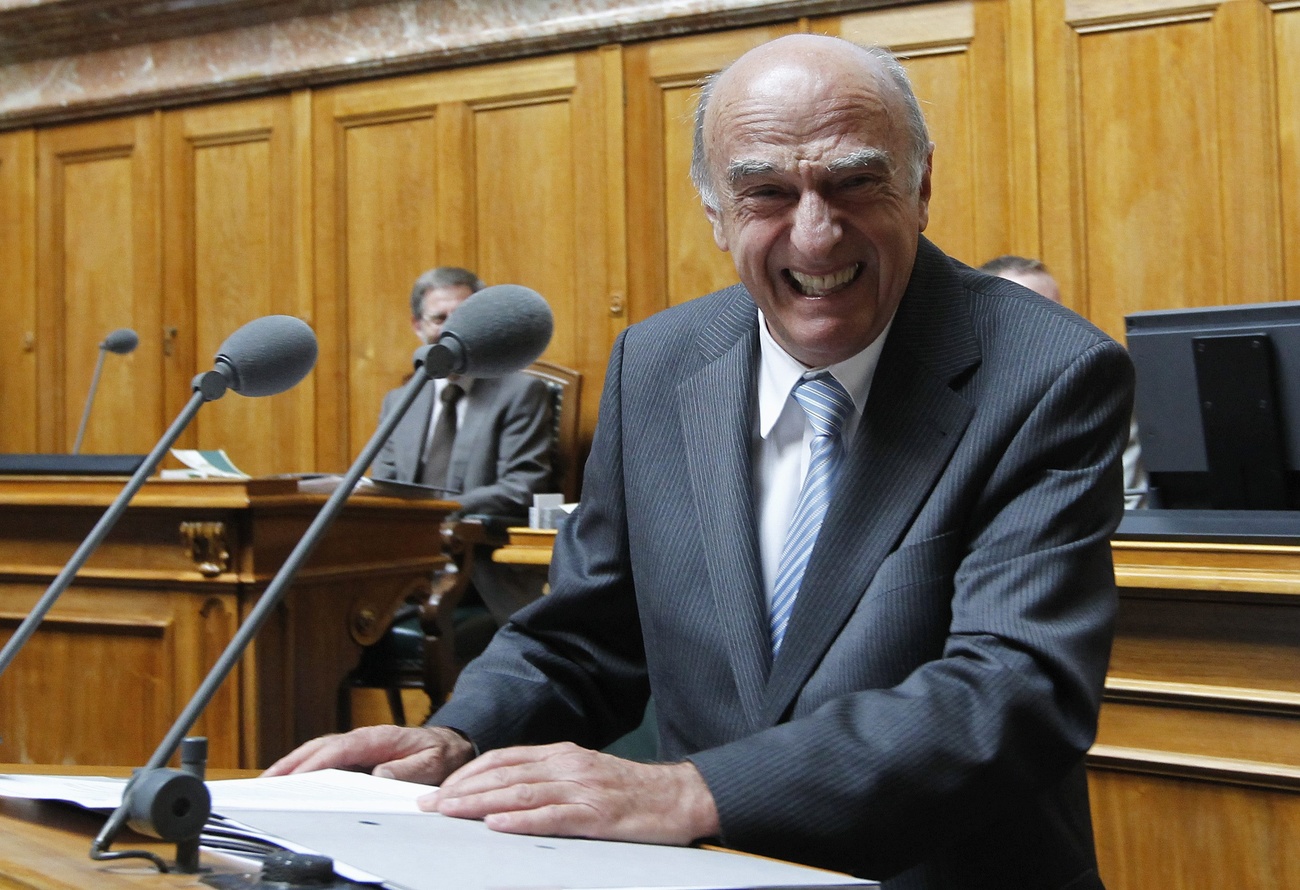
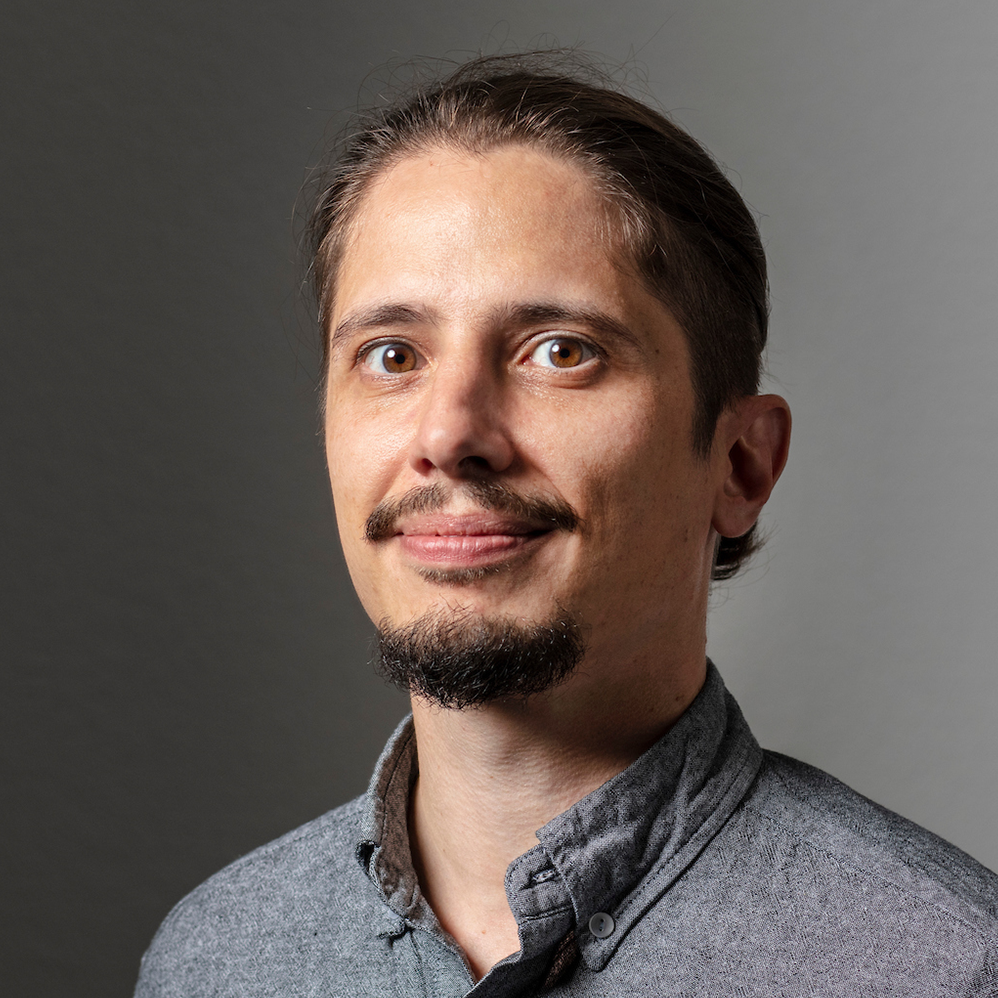
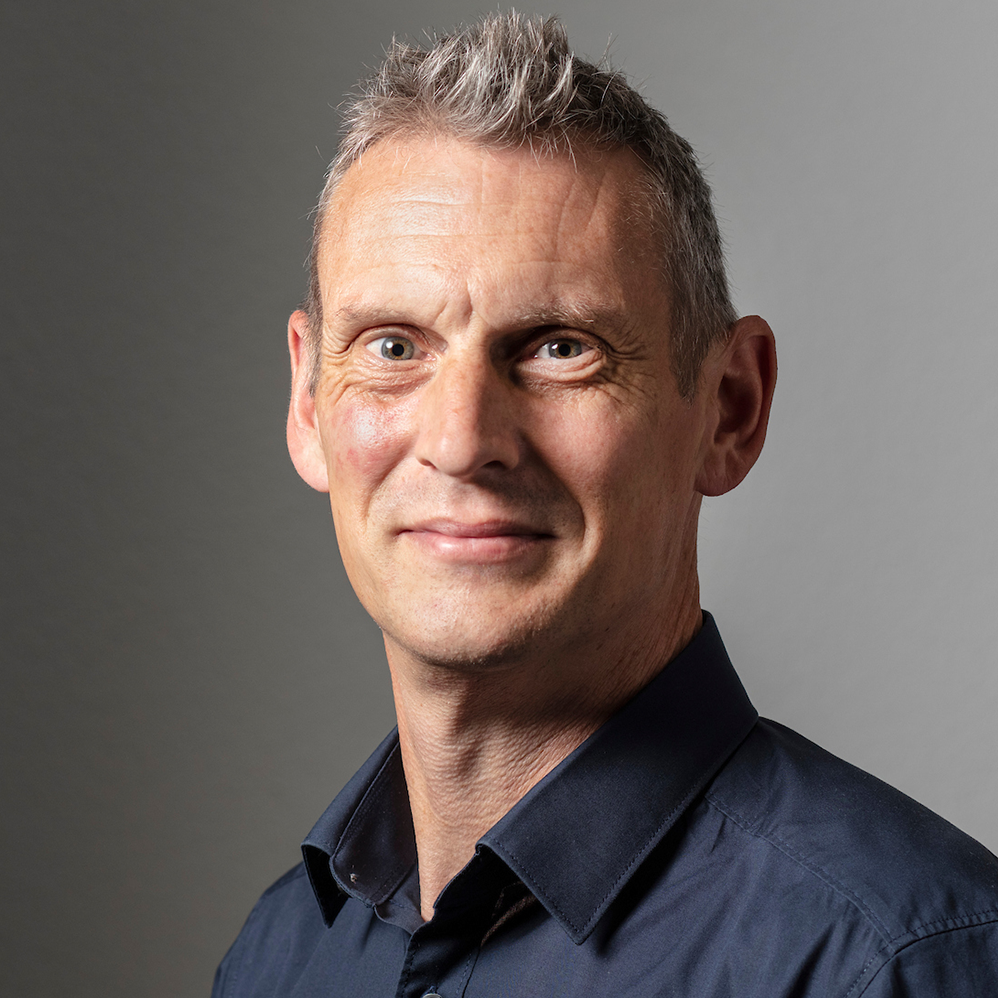

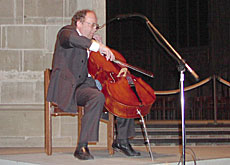
You can find an overview of ongoing debates with our journalists here . Please join us!
If you want to start a conversation about a topic raised in this article or want to report factual errors, email us at english@swissinfo.ch.